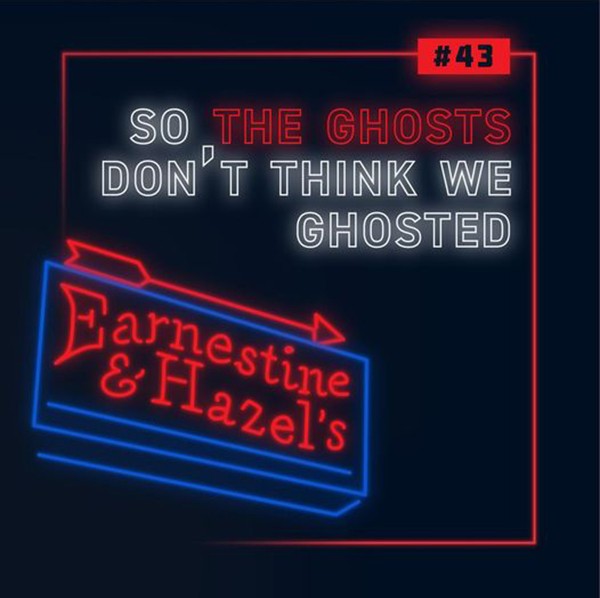[slideshow-1]
The moto crawler has crashed on a moon in an obscure corner of the multiverse. Its pilot and creator, Baron Von Opperbean, is missing. A towering volcano spews smoke and dribbles lava. Mysterious caves beckon you to enter. Maybe the Baron went this way. But then you remember the warning from Louise, the helpful A.I. who guided you here — “Don’t go near the anomaly.”
It sounds like a scene from a sci-fi blockbuster or a role-playing game. But it’s not. Walk into Off The Walls gallery, a warehouse space near Downtown, and you’re in Baron Von Opperbean’s Exploratorium of Magic, Science, and the Multiverse, a 2,000-square-foot art installation that is the brainchild of multimedia artist Christopher Reyes.
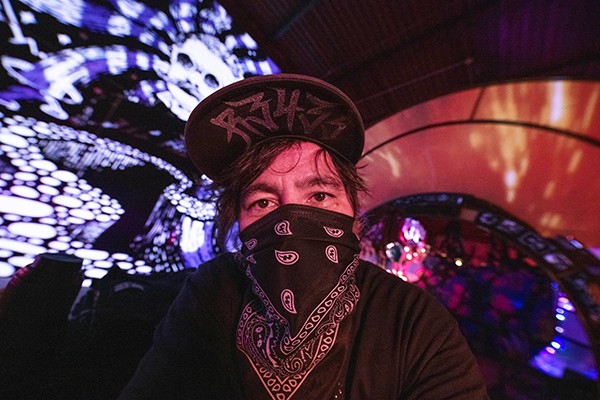
Christopher Reyes
Ahead of His Time
Reyes was born in Northern California. His grandfather helped found a martial arts discipline known as Kajukenbo. “It started in the 1940s in Hawaii, so technically it’s the first mixed martial art in the country, but it’s not well-recognized,” Reyes says.
Growing up, Reyes learned Kajukenbo with his father, Grandmaster Alan Reyes. “I still train almost every morning, just for a bit, to wake up and get the flow going.”
After his parents’ divorce, he moved to Memphis in 1986, where his mother, Vernie Kuglin, was based as a pilot for FedEx. Reyes’ artistic skills got him accepted into Memphis College of Art, on the cusp of the digital age. He discovered a new passion in the college’s tiny computer lab and began to use digital tools in his graphic design work. “I was the only one using the computers,” he says.
He got a job at Ardent Studios exploring the fledgling world of interactive entertainment. “We were working on enhanced CDs and CD ROMs. They weren’t called that yet because no one had a name for them. That’s where I cut my teeth. I had access to computers and video editors. We had one of the first Avids in the city, I’m sure. That’s where I learned how to video edit.”
His nights were spent in Memphis’ electronic music scene. “I don’t know if I’d call myself a musician,” he says, “but I can sequence the hell out of some electronic music.”
It was around this time, in the early 1990s, that he approached Downtown real estate mogul Henry Turley about buying an empty warehouse space at 1 S. Main. At the time, Downtown Memphis was nearly abandoned. An artist with a well-paying tech job was the ideal person to revitalize the space. But Reyes couldn’t get a loan to cover the entire building, so Turley proposed a solution: He would create a condominium association for 1 S. Main and sell Reyes the cavernous upper story of the building, while retaining control of the ground floor, which was rented to a small restaurant.
Accessible only through a rickety metal staircase in an alley, the artist’s loft became Reyes’ home. For years, Reyes had to go downstairs to use the bathroom. But as the ’90s wore on, he paid off the first mortgage and took out a second one to finance renovations. Eventually, he built a second floor in the loft, expanding from 4,000 to 6,000 square feet, with two bathrooms and plenty of space for offices and the kind of big art projects he favored.
In 1999, with the internet spreading rapidly, Reyes realized he was surrounded by great music that no one outside Memphis was privy to. “The idea was to stream music because Memphis musicians were so isolated,” he says. “With no record labels here, no distribution at that time, no infrastructure, no industry at all, they just had no outlets.” By 2001, he had taught himself enough web design to create a website to host his recordings. It was called Live From Memphis, and it quickly grew in scope and ambition. Before Facebook, or even Myspace, Reyes created the first online directory of Memphis musicians. “It was weird because I thought I knew a lot about Memphis music. Then when I did that project, I realized, I didn’t know Jack about it. There were all these silos of different types of music all over the city.”
Soon, other types of artists had their own listings on Live From Memphis — LFM for short. “I was trying to provide resources to them, and I figured, here’s a graphic designer, here’s a filmmaker. I had two directories going and I was like, ‘This is stupid. I need to just put these directories together, and they’ll find each other.'”
The LFM creatives directory eventually had more than 5,000 entries. It became the premiere tool for creative networking in the Bluff City.
Reyes was also tied into the Memphis film scene, creating animation and music videos. LFM sponsored the first music video showcases at Indie Memphis and eventually spun the program off as a music video festival. LFM fielded camera crews to document Gonerfest for a decade, producing two DVD concert films. (Note: I worked with LFM as a co-creator from 2009-2013.)
Reyes experimented with streaming video, but it wasn’t until YouTube came on the scene in 2005 that it became practical to put LFM’s video creations on the web. “Flipside” was a series of short documentaries on Memphis artists that accompanied Craig Brewer’s pioneering webseries $5 Cover. “Get Down” was produced with the Downtown Memphis Commission to promote the newly flourishing neighborhoods around 1 S. Main.
Live From Memphis was ahead of its time, but the world caught up. Reyes never sold advertising, and eventually grants and donations dried up. Facebook’s global spread made the directory redundant. LFM shut down in January 2013.
“I see people over and over trying to do a music directory or a music thing that’s gonna change Memphis music. It always ends up petering out because what they’re thinking about is just music,” Reyes says. “You need an ecosystem.”
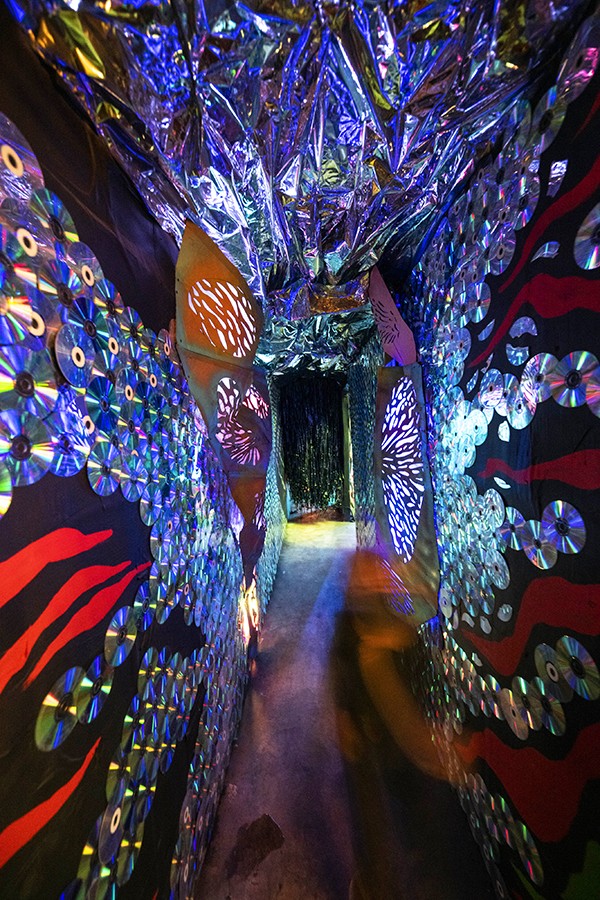
Fish and Foul
“For a couple of years, I was just kind of floundering,” Reyes recalls. “It was really hard to get out and shake that off because Live From Memphis was my identity. It was how I saw myself, and when I didn’t have that anymore, I was like, who the hell am I? What am I doing?”
Reyes became fascinated with projection mapping, a new technology that allowed precise control of projected digital images that can make surfaces appear to come alive. “VR [virtual reality] is cool, but when you can bring the weird stuff into your world, that’s cooler. You’re actually in something, and it’s happening around you.”
Meanwhile, Reyes and his longtime girlfriend and business partner, Sarah Fleming, had two children together. In 2016, he and Fleming and filmmaker Laura Jean Hocking collaborated on a breakthrough project called Fish. “They wanted to do a film, Laura Jean and Sarah, and I said, ‘Well, why don’t we do it like you’re inside the film?'”
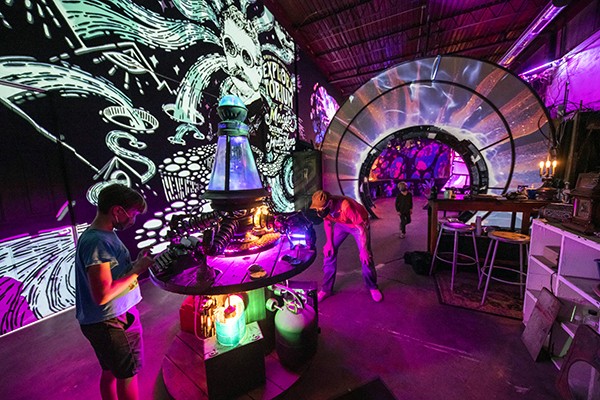
Fish combined video, some of which was shot at the Memphis Zoo aquarium, with murals and projection mapping to create an immersive underwater world. It was the first big exhibition at Crosstown Arts. Mounted before the opening of the Crosstown Concourse, it legitimized the fledgling arts organization in the minds of Memphis. “Fish is the most magical thing I have seen in Memphis probably ever,” wrote Commercial Appeal art critic Fredric Koeppel.
But the triumph would be short-lived. In the early 2000s, Turley sold his interest in 1 S. Main to the owners of the Madison Hotel. In 2016, Aparium Hotel Group bought the Madison, and a share of 1 S. Main with it. The building had been under a PILOT (payment in lieu of taxes) program since before Reyes bought his condo. When the PILOT expired in 2016, the new owners exploited a loophole in the program:
Technically, any building under a PILOT is owned by the Downtown Memphis Commission; the “beneficial owners” only lease it, with an option to buy at the end of the term. When the PILOT expired on 1 S. Main, Aparium claimed the building’s title and sued Reyes to take control of his condo. A bruising court battle ensued. Reyes and Fleming appealed for help to the Downtown Memphis Commission, whom they had worked with for years branding Downtown, but were rebuffed. The artistic community Live From Memphis had nurtured rallied around Reyes and Fleming, organizing street protests outside city hall. Broke, and fearing for the future of his children, Reyes was eventually pressured to settle with Aparium. Stung by the negative publicity, Aparium changed the name of the Madison Hotel to the un-Googleable Hu. The terms of the settlement are secret. When asked about 1 S. Main, Reyes declined to comment.
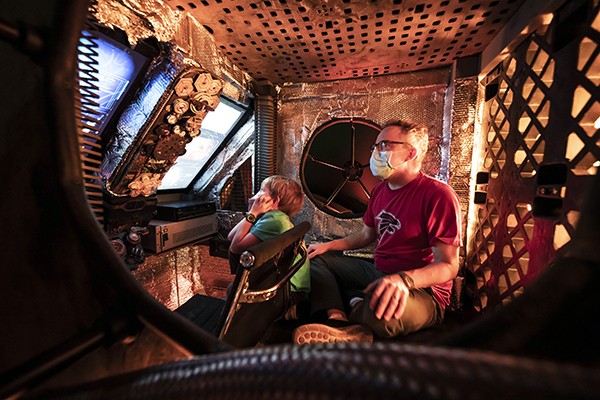
Making A World
Reyes was adrift. To make matters worse, his father passed away in 2019. “I was going into my own world.” Reyes says. “I needed to do something. I was talking about this idea I had about Baron Von Opperbean a lot. Then my partner [Fleming] and I split up. It was really difficult because it was breaking up the family. I immersed myself in my project. Fortunately, Yvonne Bobo had just bought this building from the state and was fixing it up. She was really excited about it and wanted me to come look at it and said, ‘Hey, let’s do this project together.'”
Baron Von Opperbean’s Exploratorium of Magic, Science, and the Multiverse is the culmination of all of Reyes’ skills. It combines sculpture, murals, projection mapping, sound design, and music to create an immersive experience. “I’m making a world. I just need to make all these elements that make my world exist.”
Reyes’ creation is an example of what he calls experiential art. While researching the project, he visited the City Museum in St. Louis and Meow Wolf in Santa Fe. “When I saw my kids running around experiencing that joy at City Museum, I was like, that’s it. Whatever I make has to give people joy. It has to give them the sense that they’ve walked away from their problems, their troubles, and the reality of the world, and give them a new reality.”
Reyes started work on the project in 2019, with the goal of opening in March 2020. “I had no money and no materials when I started. All I had was this space that Off The Walls had given me. So I just put it out there to the community. The money came in slow, but the materials came in pretty fast.”
The maze-like installation is made almost entirely of creatively reused materials — including a bundle of old Memphis Flyers transformed into a papier-mâché landscape. The University of Memphis supplied projectors for the ever-changing videos that combine with murals and sculpture to create an immersive environment. Donated sound systems provide each area with a unique soundscape. School children helped create alien flowers out of plastic bottles.
Reyes worked feverishly to finish the massive project, set to open on March 28, 2020. “I was doing 24-hour sessions to get it done, and then COVID hit. I was just like, ah, man, it’s over. I just can’t do it anymore. Then I was like, well, actually I could make the videos better. I could make the sound better.” Reyes finished the project largely by himself, with final help from filmmaker John Pickle. The results are stunning — mysterious and immersive.
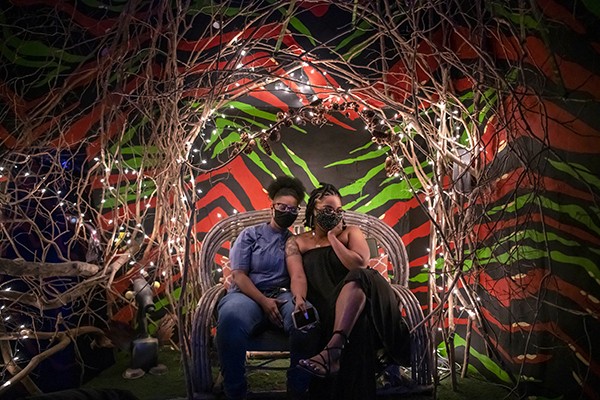
A Portal
The premise: Baron Von Opperbean is a scientist/magician who travels space and time collecting technology and artifacts that catch his fancy. But the Baron has gone missing, and it’s up to visitors to solve the mystery of his disappearance by following his trail through a series of portals to different worlds. Or, you can just enjoy the ride, Reyes says. “We tried to pack as much as I could into this space. It’s multilayered to make it feel like you don’t know which direction you are going. I don’t want to explain it to people. I just want them to experience it.”
Before the pandemic, Reyes had wanted the Multiverse to be a communal experience, but for now, it’s open on an appointment-only basis. Groups of up to 16 can book trips. “They have to be people you’re comfortable being around. I didn’t want strangers bumping into each other because in a portal, you’d be in a tight space. I’m losing money with only two people in there, but I don’t care.”
Reyes says the reactions have been “overwhelming.” At first, kids are reluctant to explore, but once they get comfortable, they start to ramble all over the maze-like space. “It was really fun. Lots of crawling,” says Mike Pleasants, who recently visited with his wife, Virginia, and daughter, Vera. “There were so many little details. It was really cool how many parts are all coherently pulled together.”
Reyes says this version is a prototype. He hopes to eventually create a permanent attraction on the scale of City Museum, which attracts a million visitors per year. “I’d like to put a giant multiverse in the Coliseum,” he says. “Hopefully there’ll be people who recognize the potential that exists with immersive spaces. People want it, and with COVID even more so because they’ve been cooped up, and this makes them stop thinking about all the bad stuff in their lives.”
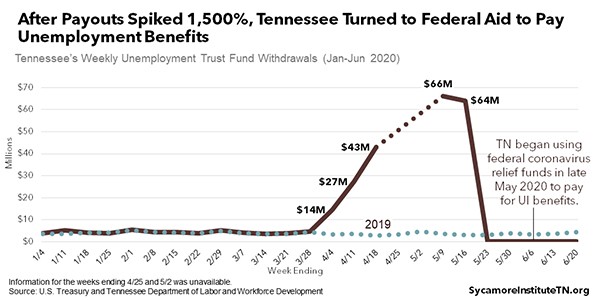 Sycamore Institute
Sycamore Institute 
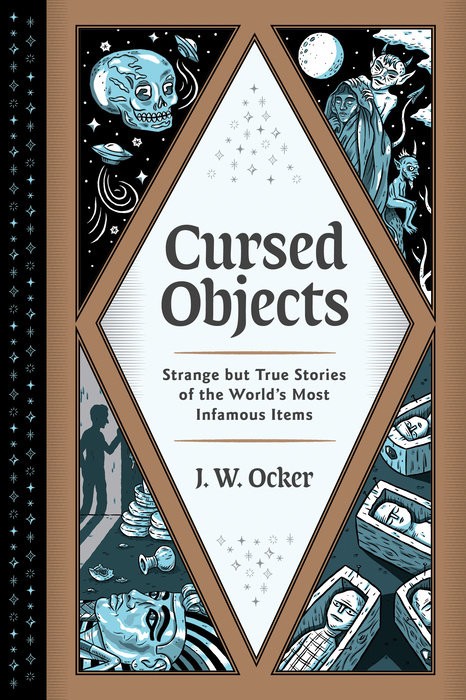
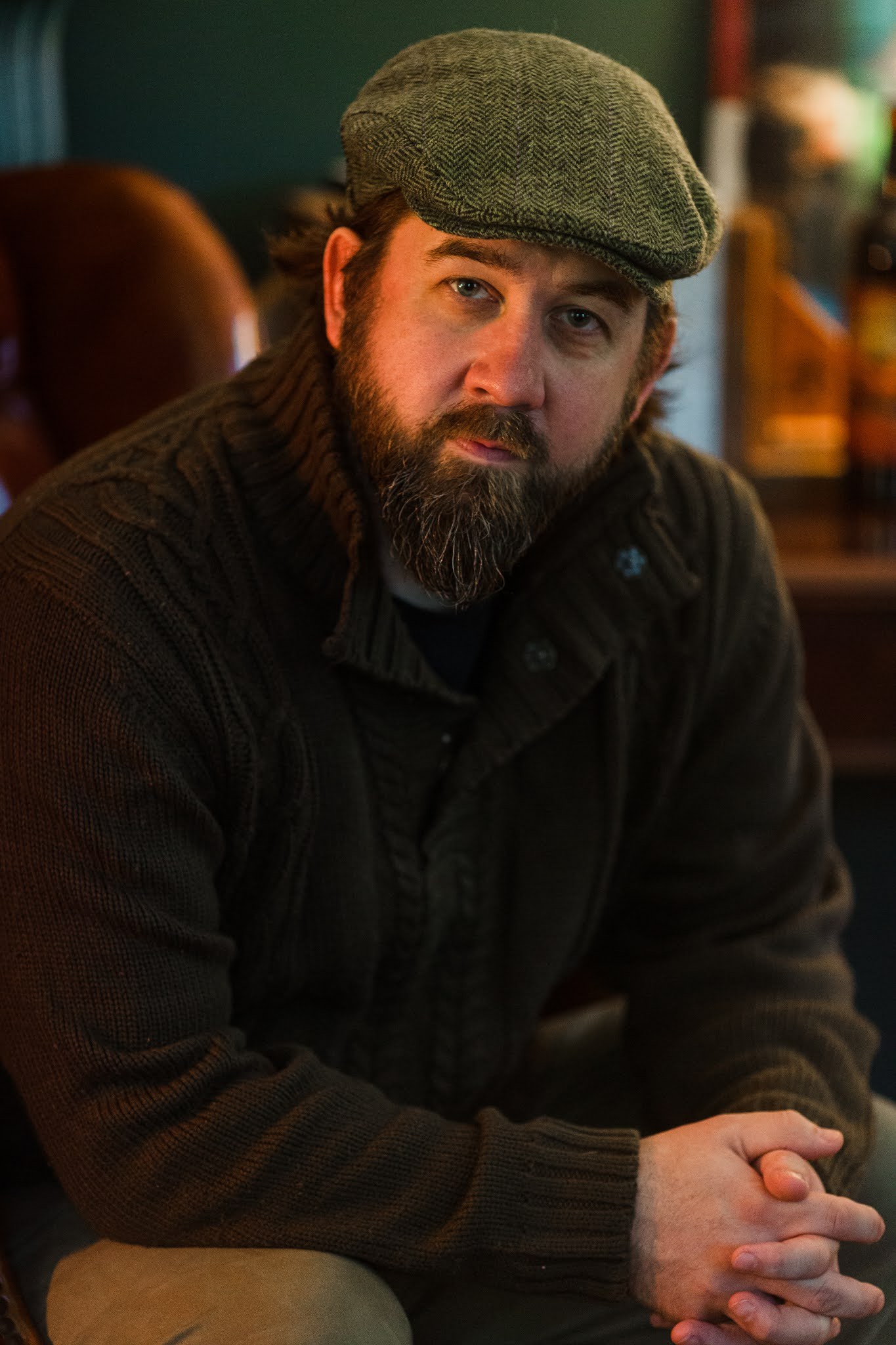
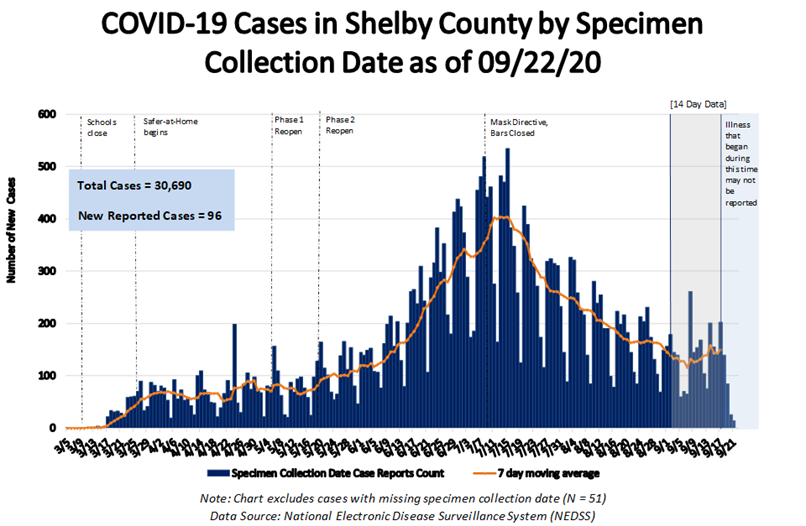
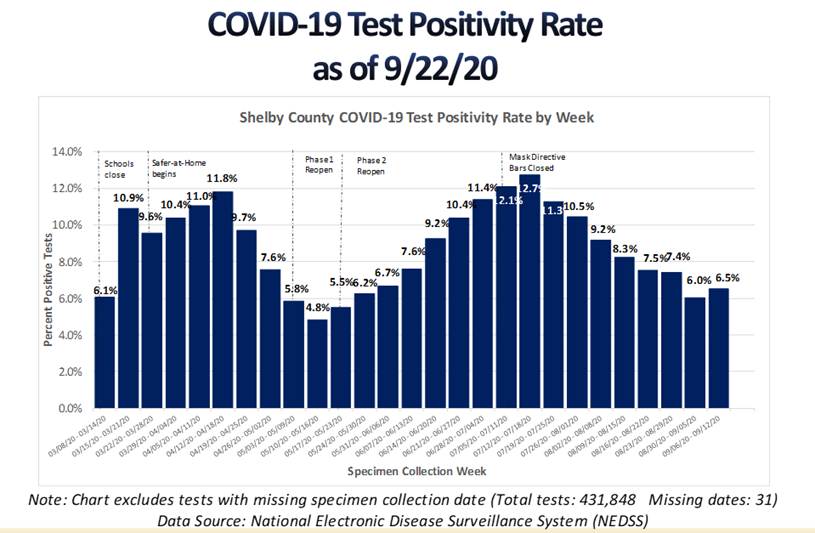
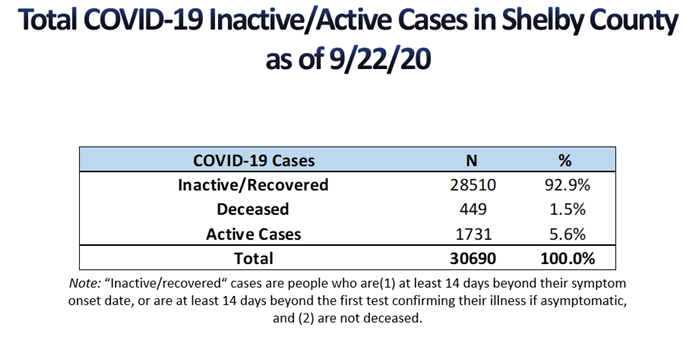
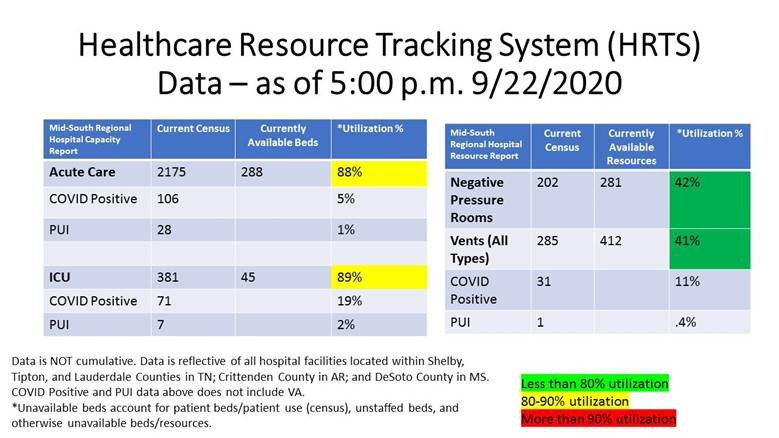
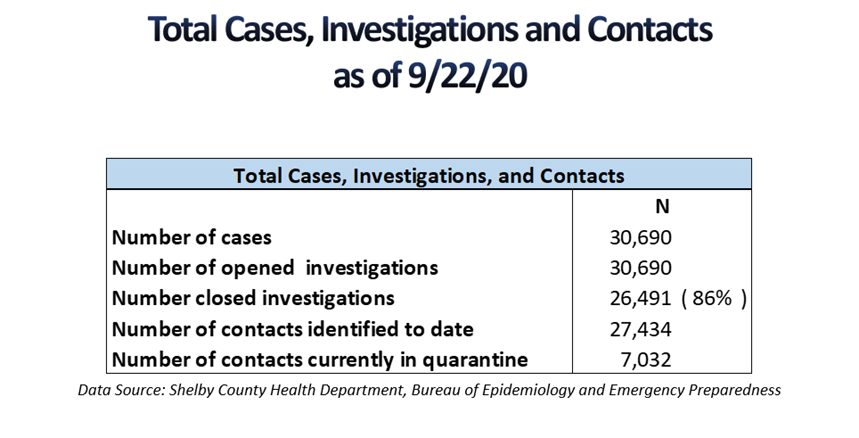
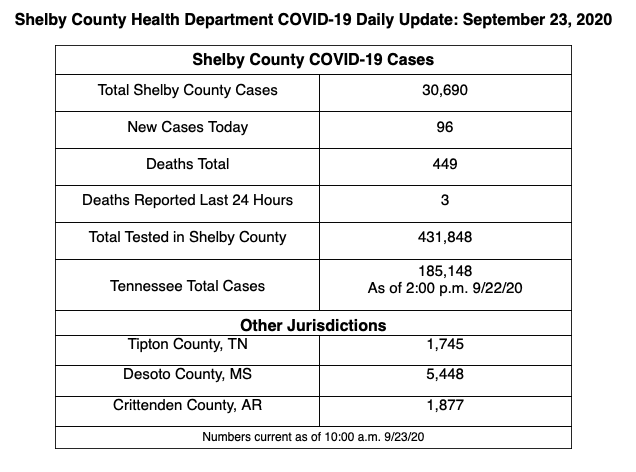
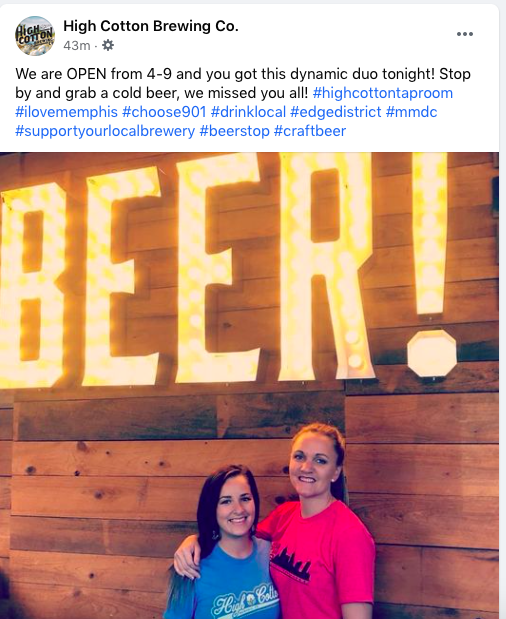 High Cotton Brewing Co./Facebook
High Cotton Brewing Co./Facebook 

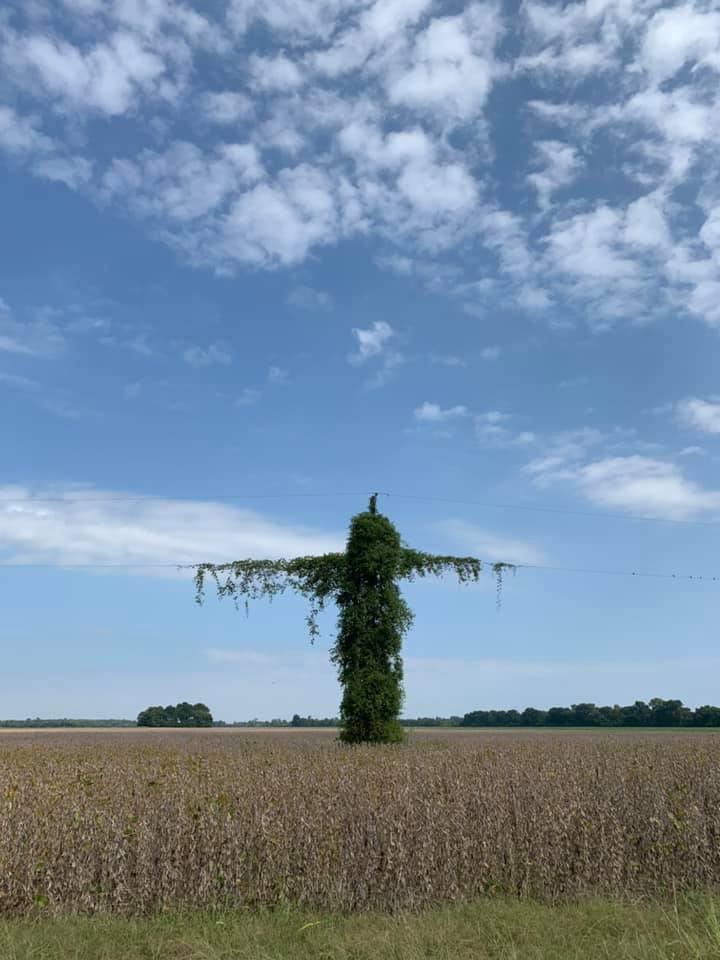 Bruce VanWyngarden
Bruce VanWyngarden 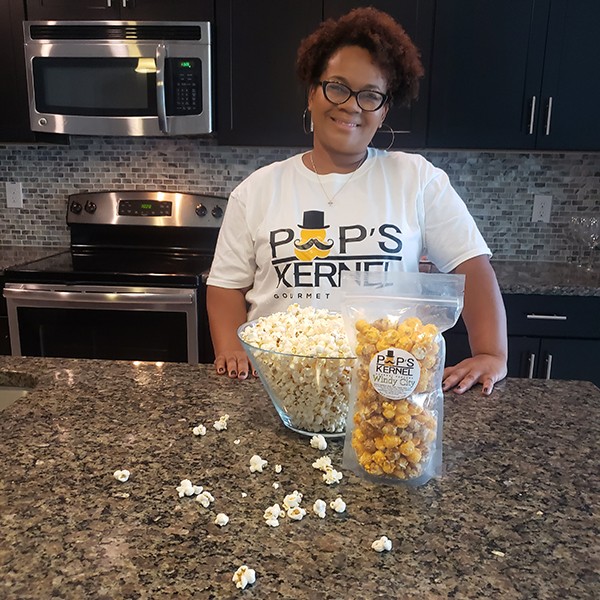 Nellgene Hardrick
Nellgene Hardrick 

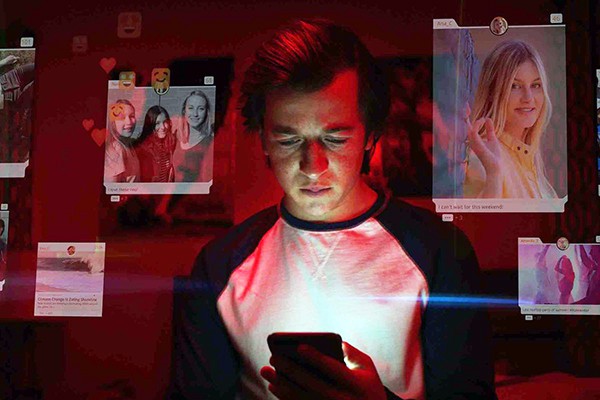





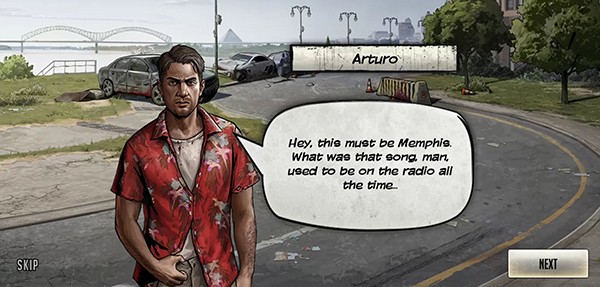 Posted to Reddit by u/Dbfresh0
Posted to Reddit by u/Dbfresh0 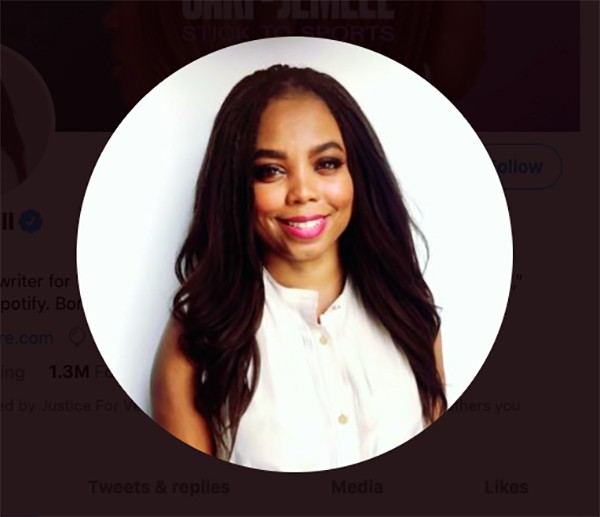 Jemele Hill/Twitter
Jemele Hill/Twitter 